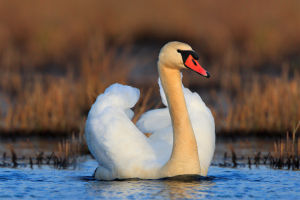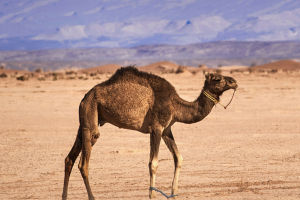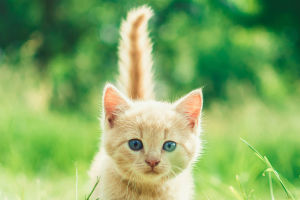Lions are one of the most iconic and revered animals on the planet, often symbolizing strength, courage, and majesty.
Let’s explore some intriguing aspects of these magnificent creatures.
1. Physical Characteristics
Overview: Lions are distinguished by their powerful build and striking features.
Highlights:
1. Mane: Male lions are known for their impressive manes, which can vary in color and size, serving as a sign of health and strength.
2. Size: Mature lions are the second-largest big cats, with males weighing between 330 to 550 pounds and females typically weighing 265 to 395 pounds.
3. Coloration: Their coats are usually a tawny yellow, which helps them blend into their savanna habitat.
2. Social Structure
Overview: Lions are the only big cats that live in social groups called prides.
Highlights:
1. Pride Composition: A pride typically consists of several related females, their cubs, and a small number of males.
2. Cooperative Living: Females often hunt together and share the responsibility of raising cubs, while males protect the pride’s territory.
3. Hierarchy: Within the pride, there is a social hierarchy that influences breeding and feeding.
3. Habitat and Range
Overview: Lions primarily inhabit grasslands, savannas, and open woodlands.
Distribution:
1. Africa: The majority of the world's lion population is found in sub-Saharan Africa.
2. Asiatic Lions: A small population of Asiatic lions exists in the Gir Forest of India, a testament to conservation efforts.
4. Diet and Hunting
Overview: Lions are carnivorous and skilled hunters.
Feeding Habits:
1. Prey: Their diet mainly consists of large herbivores such as zebras, buffalo, and wildebeests.
2. Hunting Strategy: Lions often use teamwork to stalk and ambush their prey, with females typically doing the majority of the hunting.
3. Scavenging: They are also known to scavenge from other predators when the opportunity arises.
5. Reproduction and Lifespan
Overview: Lions have a unique reproductive cycle.
Highlights:
1. Mating: Female lions can mate with multiple males, leading to genetic diversity within the pride.
2. Gestation: The gestation period lasts about 110 days, after which a female usually gives birth to 1 to 4 cubs.
3. Lifespan: In the wild, lions typically live 10 to 14 years, while those in captivity can live longer, up to 20 years.
6. Conservation Status
Overview: Lions face significant threats in the wild.
Challenges:
1. Habitat Loss: Urbanization and agricultural expansion threaten their natural habitats.
2. Human-Wildlife Conflict: As lion populations come into contact with human settlements, conflicts can arise, often leading to retaliation against the animals.
3. Conservation Efforts: Various organizations and reserves are working to protect lion populations and their habitats, emphasizing sustainable coexistence.
7. Cultural Significance
Overview: Lions hold a prominent place in various cultures around the world.
Highlights:
1. Symbolism: They are often seen as symbols of courage, royalty, and strength in art, literature, and heraldry.
2. Mythology: Lions appear in many mythologies and stories, representing power and nobility.
Lion Symbolism, Spirit Animal - Secret Meaning Revealed!
Video by Angel Number Org
Lions are not only remarkable creatures but also vital components of their ecosystems. Their social structures, hunting strategies, and cultural significance continue to capture the imagination of people around the world. Protecting these majestic animals is crucial for maintaining biodiversity and ecological balance!


